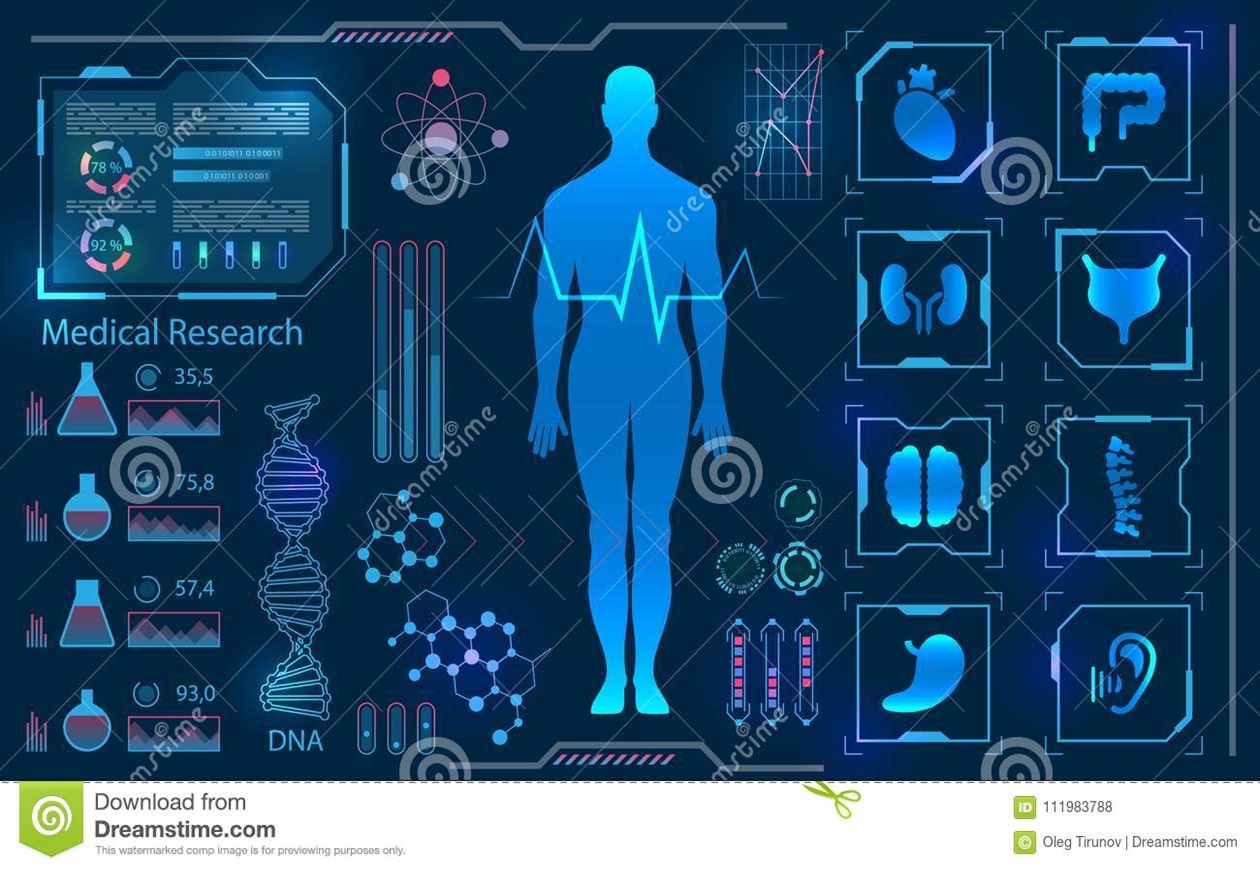Historical Overview
The genesis of the United States Department of Health and Human Services (HHS) traces back to the post-World War II era, marked by a national drive to fortify health infrastructure and social support systems. Established in 1953 under the Reorganization Plan No. 1 of 1953, the department emerged from a restructuring effort aimed at consolidating various federal health and welfare agencies under a unified umbrella.
Initially known as the Department of Health, Education, and Welfare (DHEW), the HHS underwent a subsequent transformation, culminating in its rebranding in 1979 to the Department of Health and Human Services, underscoring a sharper focus on health initiatives and human services.
Throughout its evolution, the department’s mandate expanded in response to the dynamic societal needs and emerging health challenges. The HHS swiftly adapted to evolving demographics, scientific advancements, and shifting paradigms in healthcare delivery, positioning itself as the vanguard of public health and social welfare.
Significant milestones punctuate the HHS’s journey, reflecting its responsiveness to societal demands. Landmark legislations such as the creation of Medicare and Medicaid in 1965, the passage of the Affordable Care Act in 2010, and the establishment of the National Institutes of Health (NIH) in 1930 (later absorbed into the HHS) stand as emblematic testaments to its enduring commitment to improving healthcare accessibility, advancing medical research, and expanding social safety nets.
The HHS’s history is also studded with moments of crisis management and resilience. From combating infectious disease outbreaks like the HIV/AIDS epidemic to navigating public health emergencies such as the H1N1 influenza pandemic and the COVID-19 global health crisis, the department has consistently showcased agility, resourcefulness, and a steadfast dedication to protecting public health and safety.
As the HHS pivoted through the annals of history, its organizational structure evolved, accommodating new agencies and refining existing ones to optimize its ability to address a myriad of health and human service needs. Today, the department stands as a testament to the nation’s enduring commitment to fostering healthier communities, uplifting marginalized populations, and driving innovation in healthcare and social services.
This historical overview provides a snapshot of the Department of Health and Human Services’ evolution, highlighting pivotal moments and its adaptive nature in responding to societal changes and healthcare challenges over the years.
Mission and Key Objectives
At the heart of the United States Department of Health and Human Services (HHS) lies an unwavering commitment to promoting the health, safety, and well-being of every American. Its overarching mission encapsulates a multifaceted approach aimed at fostering healthier lives, supporting vulnerable populations, and propelling scientific advancements in healthcare.
The primary mission of the HHS revolves around enhancing the nation’s health and human services. Central to this mission is the pursuit of equitable access to quality healthcare for all, irrespective of socioeconomic status, geographic location, or background. By championing initiatives that prioritize prevention, treatment, and access to essential healthcare services, the department aims to ensure that every individual can lead a healthy and fulfilling life.
Key objectives underpinning the HHS’s mission encompass a spectrum of strategic imperatives:

Public Health Advancement:
The HHS is dedicated to fortifying the nation’s public health infrastructure by spearheading initiatives that prevent and control diseases, promote healthy lifestyles, and respond effectively to public health crises. Through agencies like the Centers for Disease Control and Prevention (CDC) and the Food and Drug Administration (FDA), it orchestrates comprehensive strategies to safeguard the health of the populace.
Human Services Provision:
Essential to the HHS’s mission is its commitment to providing critical human services. This encompasses a broad spectrum of welfare programs, social support initiatives, and community services aimed at addressing poverty, homelessness, child welfare, and substance abuse. Entities such as the Administration for Children and Families (ACF) and the Substance Abuse and Mental Health Services Administration (SAMHSA) are pivotal in executing these vital services.
Advancement of Scientific Knowledge:
The HHS fosters groundbreaking research, innovation, and advancements in healthcare and human services. By supporting scientific inquiry, funding research endeavors, and promoting technological innovations, agencies like the National Institutes of Health (NIH) contribute significantly to expanding medical knowledge, improving treatments, and driving progress in healthcare delivery.

Policy Development and Implementation:
Another cornerstone of the HHS’s objectives involves the formulation and execution of policies that resonate across the healthcare spectrum. By shaping healthcare policies, regulations, and guidelines, the department ensures alignment with evolving healthcare needs, advances in medical science, and societal changes.
These objectives collectively embody the HHS’s unwavering dedication to cultivating a healthier, more resilient nation, underpinning its multifaceted endeavors in healthcare, public health, social services, and scientific research.
This section outlines the core mission of the Department of Health and Human Services, elaborating on its key objectives and strategic imperatives that drive its initiatives across various domains.
Structural Overview
The United States Department of Health and Human Services (HHS) operates as an expansive entity encompassing a diverse array of agencies and divisions, each tasked with specific responsibilities aimed at fulfilling the department’s overarching mission. This intricate organizational structure enables the HHS to effectively address the multifaceted health and human service needs of the nation.
The department is segmented into various principal operating divisions, agencies, and offices, each playing a distinct yet interconnected role in advancing the nation’s health and welfare. Some of the primary agencies and divisions within the HHS include:
Centers for Disease Control and Prevention (CDC):
A preeminent agency focused on disease prevention, health promotion, and responding to health emergencies. The CDC leads efforts in tracking diseases, conducting research, and implementing strategies to protect public health.
Food and Drug Administration (FDA):
Responsible for ensuring the safety and efficacy of food, drugs, vaccines, medical devices, and other products. The FDA regulates and oversees the approval process for these items, safeguarding public health.

National Institutes of Health (NIH):
Comprising multiple institutes and centers, the NIH is a global leader in biomedical research, supporting groundbreaking studies to improve health and save lives.
Administration for Children and Families (ACF):
This agency is dedicated to promoting the economic and social well-being of families, children, individuals, and communities through various programs addressing child welfare, economic support, and social services.
Substance Abuse and Mental Health Services Administration (SAMHSA):
Focused on advancing behavioral health, SAMHSA leads efforts to reduce the impact of substance abuse and mental illness on American communities through treatment, prevention, and recovery support services.
Health Resources and Services Administration (HRSA):
Charged with improving access to healthcare services for people who are uninsured, isolated, or medically vulnerable. HRSA works to strengthen healthcare infrastructure and supports healthcare providers in underserved areas.
This organizational framework operates in synergy, with agencies collaborating and complementing each other’s efforts to address diverse health challenges, promote well-being, and deliver essential services to individuals and communities nationwide. Each entity within the HHS contributes specialized expertise, resources, and initiatives, collectively advancing the department’s mission to enhance health outcomes and support Americans’ quality of life.
This section provides an overview of the Department of Health and Human Services’ organizational structure, highlighting key agencies and divisions and their respective roles in fulfilling the department’s mission.










